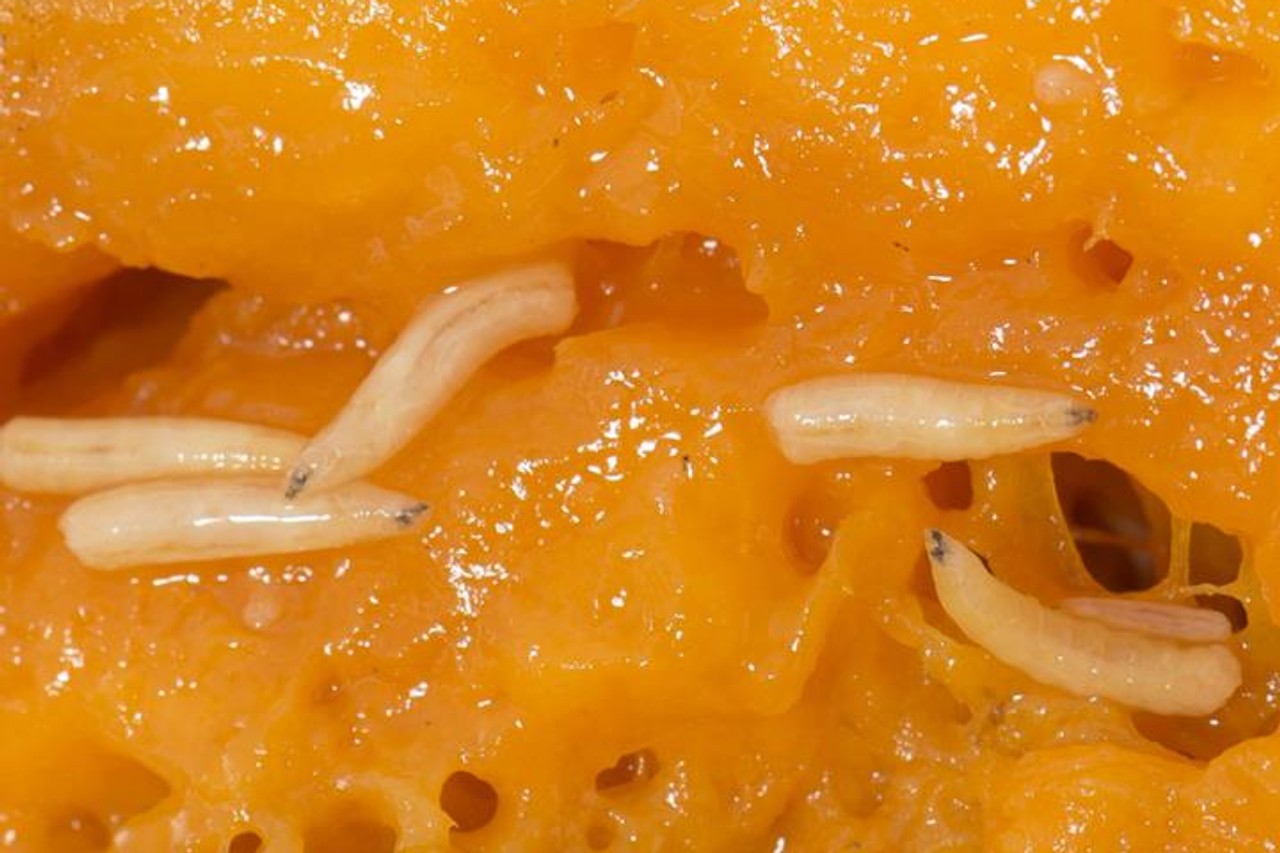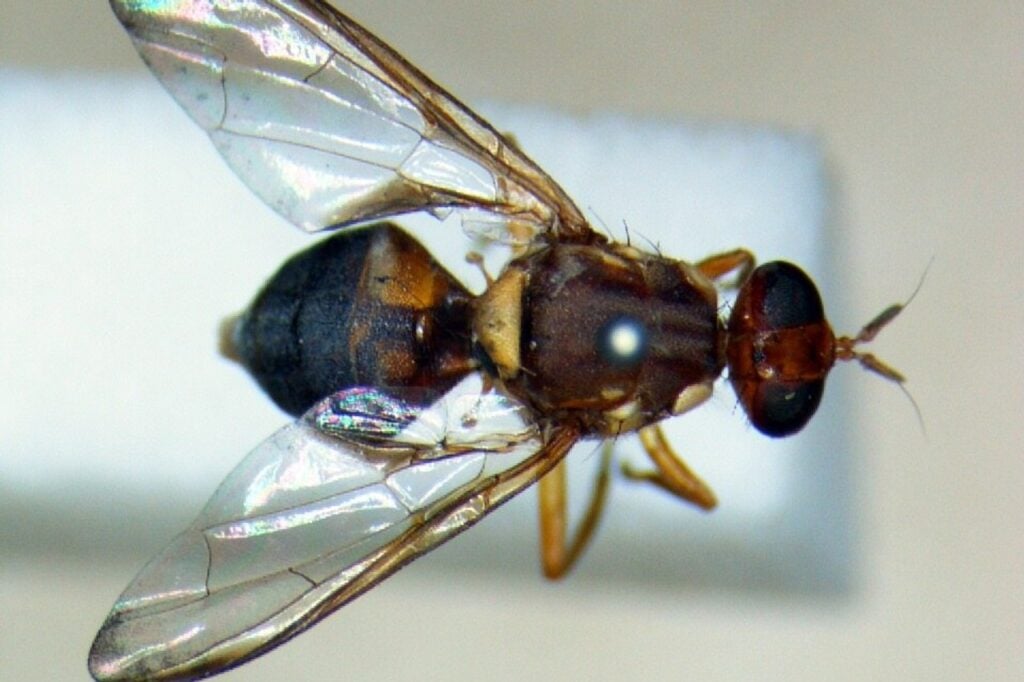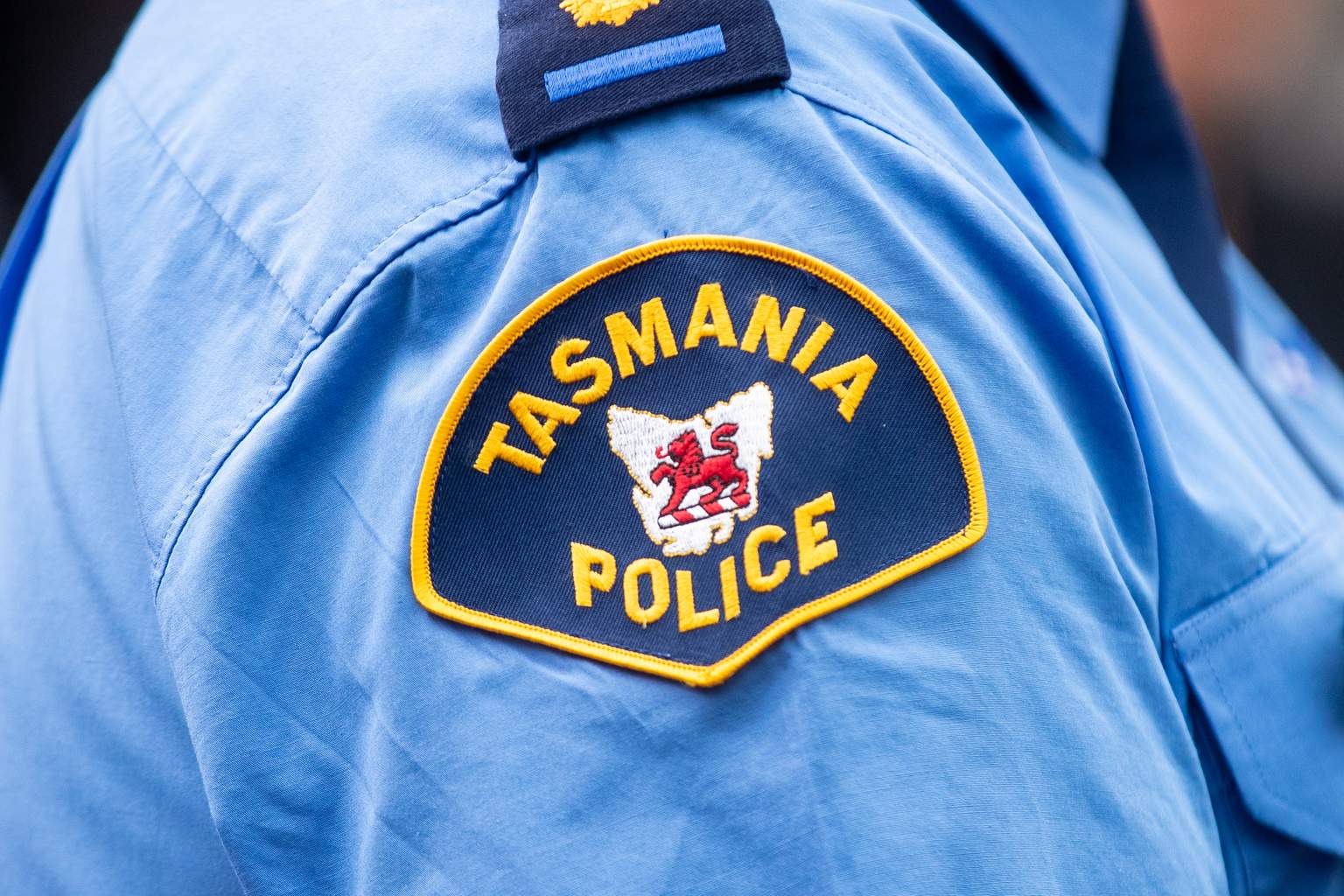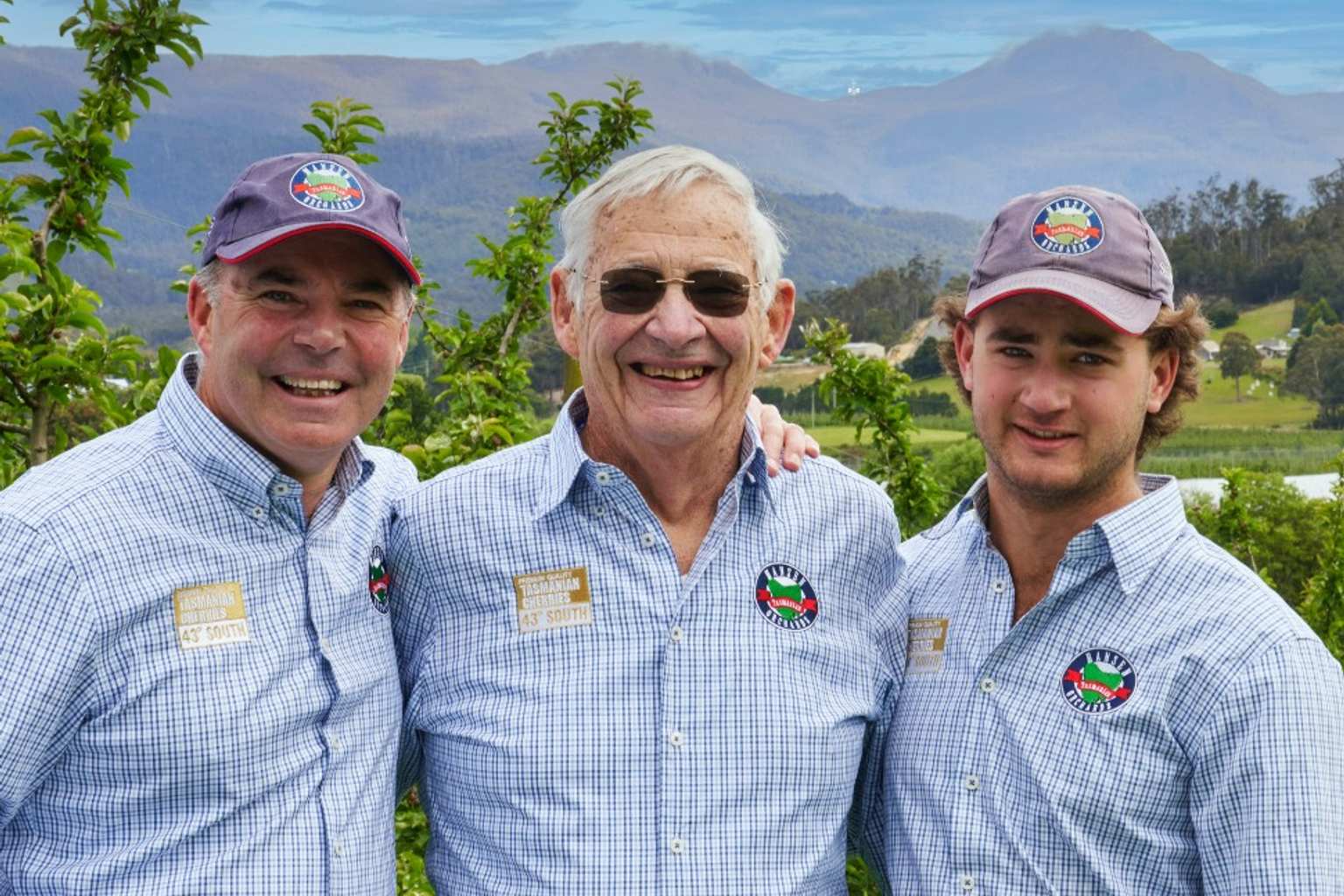Tasmanians are being asked to inspect their fruit as the state enters its annual high-risk period for fruit fly incursions from the mainland.
Biosecurity Tasmania has warned that spring marks the start of the heightened vigilance season, with contaminated produce from other states posing a threat to the island’s valuable pest-free status.
Tasmania’s freedom from Queensland fruit fly and Mediterranean fruit fly underpins a major slice of export income.
According to the state’s biosecurity strategy, “export of fruit fly host commodities for the 2019–20 season totalled approximately $40 million”.
“The spring and summer months are the peak times for fruit fly activity interstate and a time of increased risk for Tasmania,” biosecurity officials said in an advisory issued this week.

Residents are being asked to keep an eye on both store-bought and home-grown produce.
“Tell-tale signs of fruit fly include live larvae or eggs in the flesh of fruit or small puncture marks on the skin of fruit,” the advisory states.
“Fruit fly larvae look similar to blowfly maggots and could potentially be found in fruit that you purchased or from fruit grown in your backyard.”
To help protect the state, around 1,100 monitoring traps are operated across Tasmania, alongside strict border controls – including detector-dog teams at ports and airports.
However, officials admit that even with these measures, the risk “can never be zero”.
Anyone finding suspicious larvae is urged to act immediately by placing the fruit in a sealed bag or container in the fridge and contacting Biosecurity Tasmania on 03 6165 3777.
“Please do not dispose of any fruit that has larvae present.”
Tasmania has remained largely fruit-fly-free for decades.
“Except for a 2018 incursion, Tasmania has for several decades maintained its international status as an area free of Qfly and Medfly,” the strategy notes.
“Unfortunately, if climate trends continue, conditions for permanent establishment of Qfly and Medfly on the Tasmanian mainland are likely to be seen from the 2040s onward.”







